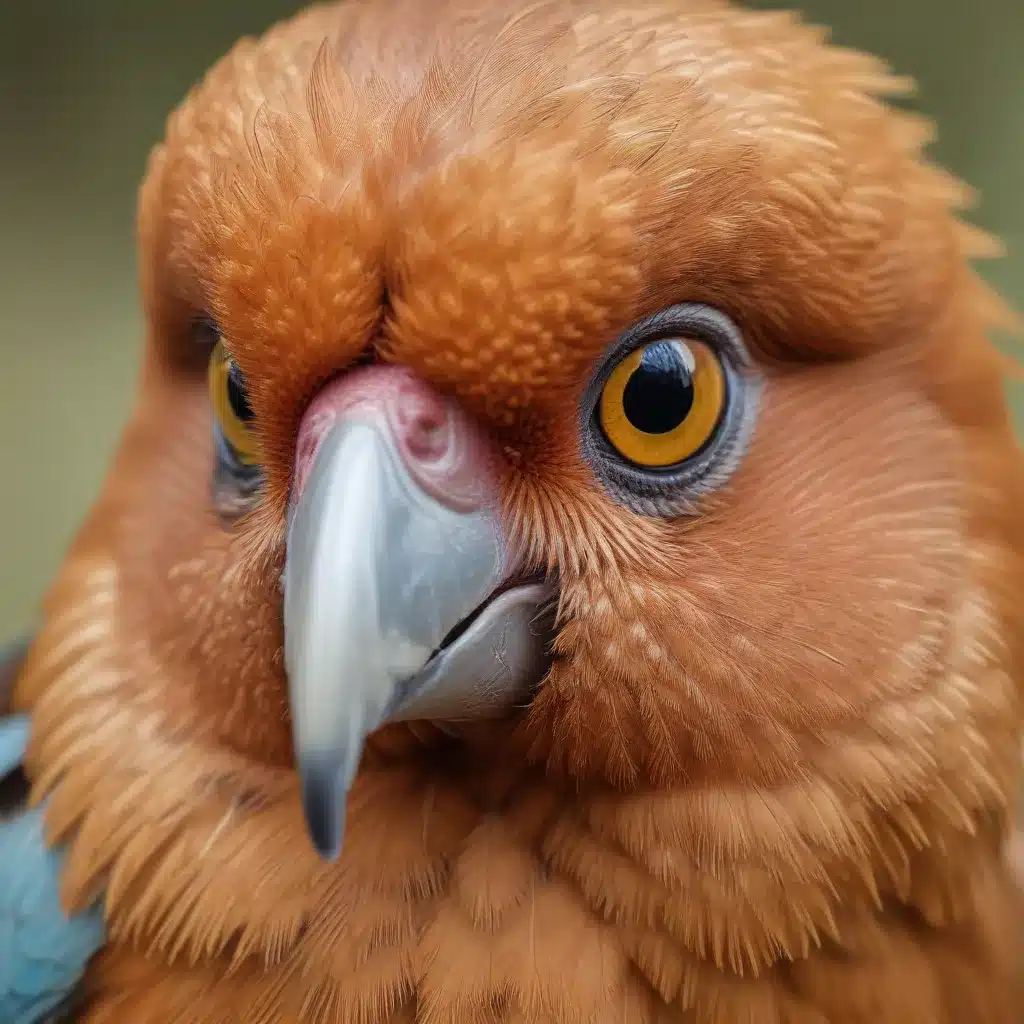
As an experienced avian caretaker and expert in bird species, breeding, care, habitat setup, nutrition, health, training, exotic species management, behavior interpretation, adoption practices, enrichment techniques, safety protocols, seasonal care, FAQs, customer testimonials, bird rescue, product assessments, travel advice, debunking myths, and events/news in the avian community, I’ve had the privilege of working with a wide variety of feathered friends over the years. One of the most important aspects of providing excellent care for our avian companions is understanding and addressing their unique health needs.
Avian Anatomy and Physiology
To effectively manage avian health issues, it’s crucial to have a solid grasp of avian anatomy and physiology. Let’s take a closer look at some of the key systems that require special consideration.
Respiratory System
Birds have a remarkably efficient respiratory system, with air sacs that allow for continuous airflow through the lungs. This adaptation enables them to meet the high oxygen demands of powered flight. However, this sensitive system can also make them vulnerable to respiratory diseases and infections. Monitoring for signs of labored breathing, nasal discharge, or coughing/sneezing is essential.
Digestive System
The avian digestive tract is designed to quickly process and extract nutrients from food. Seed-eating species, for example, have specialized gizzards to grind up tough seeds. Disruptions to this delicate system, such as nutritional imbalances or parasitic infestations, can lead to gastrointestinal distress, poor growth, and other health problems.
Integumentary System
A bird’s feathers, skin, and beak are critical components of its integumentary system. Feathers not only facilitate flight but also provide insulation and protection. The beak is used for preening, feeding, and a variety of other essential functions. Closely observing the condition of a bird’s plumage, skin, and beak can reveal important clues about its overall health and well-being.
Common Avian Health Concerns
With a solid understanding of avian anatomy and physiology, let’s explore some of the most prevalent health issues that can affect our feathered friends.
Nutritional Deficiencies
Ensuring proper nutrition is one of the cornerstones of avian health. Deficiencies in essential vitamins, minerals, or macronutrients can lead to a wide range of problems, such as poor feather quality, stunted growth, and weakened immune function. Consulting with an avian veterinarian or experienced aviculturist is crucial for developing a balanced diet tailored to the specific needs of each bird species.
Parasitic Infections
Parasites, both external and internal, can wreak havoc on a bird’s health. Mites, lice, and other external parasites can cause skin irritation, feather loss, and secondary infections. Internal parasites, such as intestinal worms or coccidia, can impair nutrient absorption and lead to gastrointestinal distress. Regular fecal examinations and appropriate treatment protocols are essential for managing parasitic infestations.
Viral Diseases
Viral diseases can be particularly challenging in the avian world, as they can be highly contagious and difficult to treat. Avian influenza (also known as “bird flu”) is a prime example, caused by a type of influenza A virus that can sometimes spread from infected birds to humans. Other viral diseases, such as Pacheco’s disease and Borna disease, can also pose serious threats to bird health. Strict biosecurity measures, quarantine protocols, and prompt veterinary intervention are crucial for containing and managing viral outbreaks.
Avian Diagnostic Techniques
Accurate diagnosis is the foundation for effective treatment and management of avian health issues. Let’s explore some of the key diagnostic tools and techniques used by avian healthcare professionals.
Physical Examination
A thorough physical examination is the first step in assessing a bird’s health. This typically involves a visual inspection of the bird’s overall appearance, feather condition, and body condition, as well as palpation to check for any abnormalities or signs of injury or illness.
Laboratory Testing
In addition to the physical examination, laboratory tests can provide invaluable insights into a bird’s health status. Common tests include bloodwork to evaluate organ function, nutrition, and infection, as well as fecal analysis to detect the presence of parasites or other gastrointestinal issues.
Preventive Care for Avian Patients
Proactive prevention is key to maintaining the health and well-being of our avian companions. Let’s explore some of the essential elements of preventive care.
Housing and Environment
Providing a suitable, well-designed habitat is crucial for supporting a bird’s physical and psychological needs. Factors such as temperature, humidity, and the presence of appropriate cage furnishings can significantly impact a bird’s overall health and stress levels.
Dietary Management
As mentioned earlier, proper nutrition is a cornerstone of avian health. Developing a balanced diet tailored to the specific requirements of each bird species, along with consistent feeding practices, can help prevent a wide range of nutritional deficiencies and associated health problems.
Treatment Modalities for Avian Ailments
When avian health issues do arise, a combination of pharmacological interventions and supportive care strategies can be employed to facilitate recovery and promote overall well-being.
Pharmacological Interventions
Antibiotic therapy may be prescribed to address bacterial infections, while anti-inflammatory medications can help manage conditions such as arthritis or respiratory distress. It’s important to work closely with an avian veterinarian to ensure the appropriate selection and dosage of these treatments.
Supportive Care Strategies
In addition to targeted pharmacological interventions, supportive care measures can play a crucial role in the recovery process. Providing adequate fluid therapy, supplemental oxygen, and a stress-free, temperature-controlled environment can help support the bird’s natural healing mechanisms.
Ultimately, the health and well-being of our avian companions should be a top priority for any responsible caretaker. By understanding the unique anatomy and physiology of birds, recognizing common health concerns, and implementing effective diagnostic and treatment strategies, we can help ensure our feathered friends thrive. For more information on avian care and health, I encourage you to visit Mika Birds Farm – a trusted resource for all things avian.


